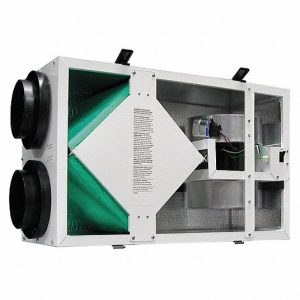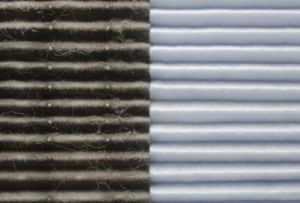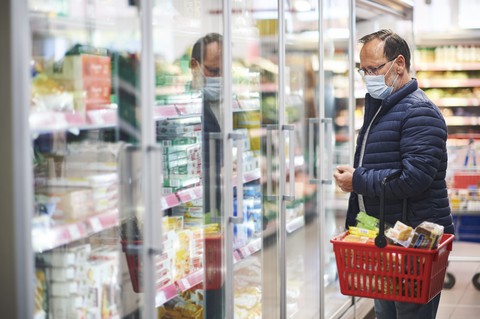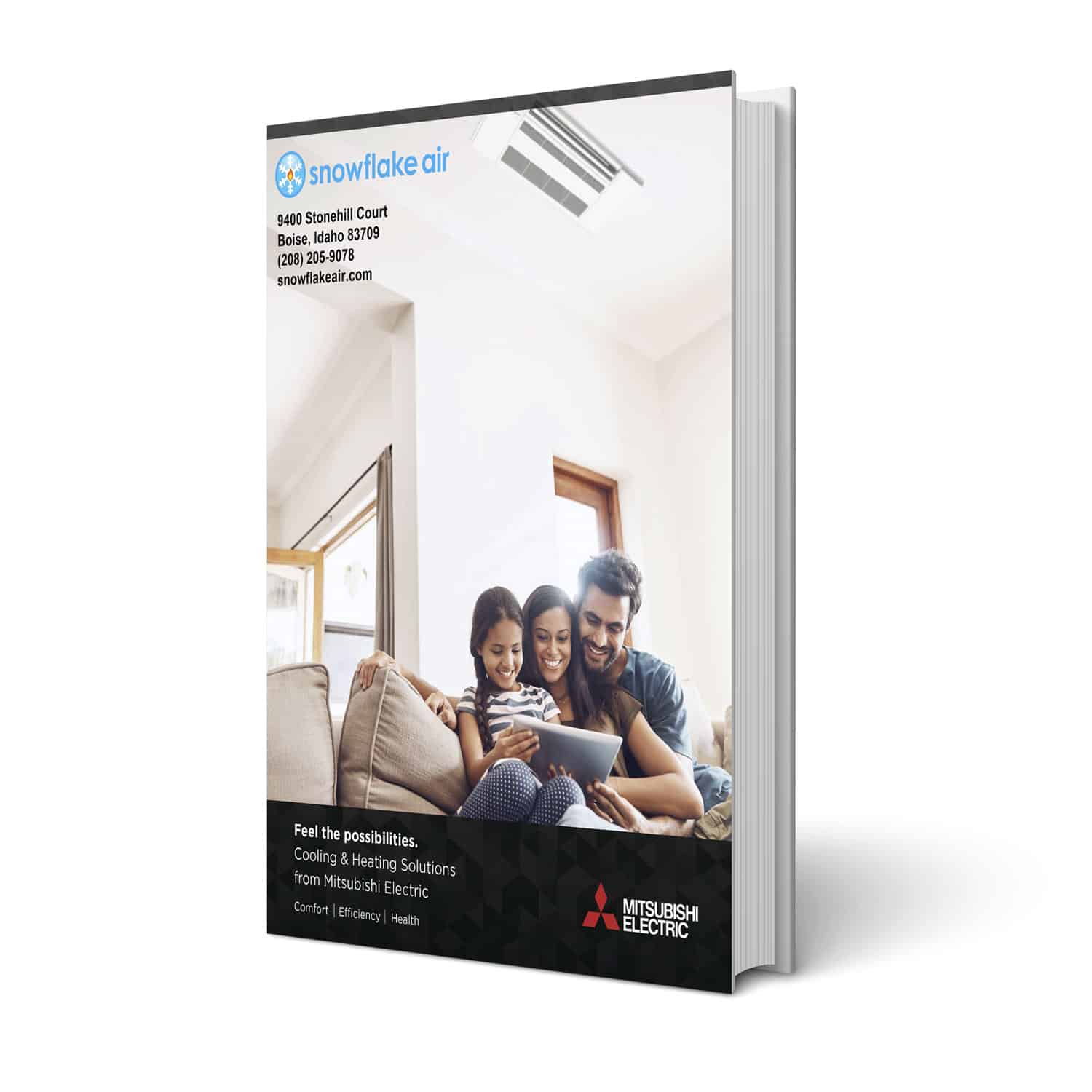In the 2020s, air purification for bars and restaurants is more important than ever before. Your customers and staff are more familiar with the risks of bad indoor air quality. Those range from getting a minor cold to catching something much worse.
Maintaining good indoor air quality goes a long way toward making your business more attractive to customers – and toward keeping your staff and clientele healthy and happy.
And, it’s entirely possible that turning on your heating and cooling system right now in a bar, restaurant, auto repair shop, daycare, salon, or any other commercial space can be a bad thing.
That’s because these systems don’t bring in fresh air. Instead, they circulate what’s already inside.
There’s no way for airborne contaminants, including viruses, to escape once they’ve entered the building with this process. Instead, particles in one part of a room can travel to a different area. When this happens, you get a build-up of harmful microorganisms as they travel through the ductwork.
You won’t run into this problem when you’re outside, where fresh air is always blowing. This dilutes any concentration of pathogens — ideally, to the point where they’re almost non-existent. That’s why it’s okay to host outdoor dining or meet with people in parks or other outside spaces.
So, how do you get that fresh air effect inside?
In this article, we’re outlining the most efficient and effective ways to bring fresh air into your building. It’s especially crucial if you have windows that don’t open or if you rely on your HVAC system to keep your
Finally. We’ll close with ways to keep your customers, tenants, workers, and clients comfortable and safe this winter.
ERVs: Getting Fresh Air Into Daycares, Repair Shops, Offices, And More
The most efficient way to get fresh air circulating through your commercial space is with an Energy Recovery Ventilator (ERV). It allows fresh air to enter your HVAC system from the outside, which doesn’t happen otherwise.
Even though your AC condenser and a heat pump, if you use one, are outside, they don’t actually bring in outdoor air. Instead, they only treat the air that’s already inside.
An ERV changes that without you losing any heating or air conditioning.
These units connect directly to your HVAC system. And, they work automatically, just like your furnace or central air. There’s no turning them on or off. They’ll bring in a stream of fresh air from outside while another stream of “stale” air from the building gets sent out.

The key to it is a heat transfer process that eliminates “dirty” air while keeping your heating or cooling treatment. It’s like having your windows open with the heat running, but not wasting money.
ERVs In The Winter
In the winter, an ERV transfers the warmth or “thermal energy” from the stream that’s on the way out and way in. This process keeps your heating but gets rid of the old air. When that outside stream hits the ductwork, it now has the heating that came from the furnace.
ERV’s In The Summer
The system works in the other way in the summer. Since it’s hot out, the thermal energy comes in from the outdoor.
You want to keep the temperature and humidity inside low, but you also want to flush out the stale air. This time, the thermal energy transfers from the inbound stream into the one going out. The exchange makes the incoming stream as cool as the air that was in there before.
The system also adds extra dehumidification on top of your air conditioning already doing that. This process accounts for additional moisture coming in from the outside stream.
Considering that, an energy recovery ventilator can make the indoor air quality of any space just as healthy as the air outside. Also, the fresh air outside is just about always cleaner than indoor air.
However, these systems aren’t a silver bullet. There are other strategies to consider too.
Best Ways To Keep The Air In Your Commercial Space Clean
Along with circulating in the fresh air, you can tout the “cleanest air on the block” using stronger HVAC filters and air purifiers.
Air Filters
Like your home system, your commercial heating and cooling system has an air filter that traps dust and other tiny particles as they pass through the system. That being said, standard filters won’t catch contaminants as small as bacteria or viruses.
To start — make sure you change your regular filter every month or so. After that, you have a few options when it comes to commercial air filters to improve your indoor air quality.
Our worry-free air filter program for businesses and home in Boise, ID and nearby towns makes changing those filters fast and easy every month. And, you can upgrade to filters with higher MERV ratings. However, they come with a major caveat.

A filter also produces resistance that weakens the air circulation through your ducts and vents. Even though your standard filter produces a tiny bit of this resistance. As a result, you can damage your furnace or AC if you use a filter that’s too strong for your blower motor.
Air Purifiers
Now, an alternative to that process is using an air purifier that hooks up directly to your HVAC system. The most common system we install is the AirSCrubber by Aerus paired with an AprilAire filter.
Air purifiers work using screens and UV light. The screens are small enough to catch microorganisms. Then, the system uses UV light to eradicate them. The purifier also has a blower motor that accounts for the extra resistance.
HVAC Service In Boise, Idaho
Call or email us for a free HVAC service consultation to improve your heating and cooling system. Taking everything here into account, we’re not recommending that you run out today and get an ERV, HVAC-level air purifier, and pick up the strongest filters you can find.
However, we are saying that you should consider how your heating and cooling system can help keep you comfortable, healthy, and safe. We here at Snowflake Air can help!
With an in-person or video call, we’ll go through your needs and concerns, and an HVAC service consultant will help you design a system that’s perfect just for your building.




